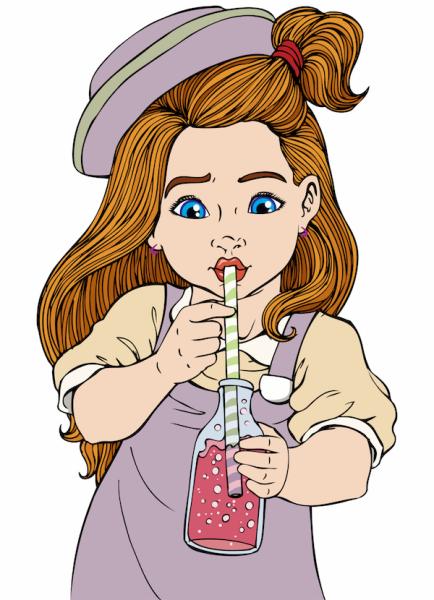I've written before about the problems with changing people's behavior when it comes to making food selections with respect to both choosing healthy options and reducing calories. A tactic that's been repeatedly suggested is to levy taxes on foods and/or beverages supposedly responsible for over-consumption and poor nutrition, especially with respect to sugary beverages. But are these really necessary to change behavior? Probably not, if what happened in a Maryland County is any indication.
Four years ago, people in Howard County, Maryland decided to try to decrease the consumption of sugar-sweetened soft drinks, sports drinks, energy drinks, fruit drinks and flavored waters and tase. They took a multipronged approach by:
- Getting such drinks out of student-accessible vending machines and at school-day functions;
- Passing a 2014 state law that prohibits licensed childcare centers from serving sugary drinks to children in their care;
- passing a 2015 local law making healthier food and drink more widely available on local government property; and
- convincing local community organizations to change the food and drink choices they offer at meetings and through vending machines.
That wasn't all they did. Social marketing was also involved — including ads on TV and the internet and social media. A marketing team engaged residents at pools, community and sporting events, and health fairs. Healthcare professionals recieved training to improve their counseling of patients about chilhood obesity and about sugary beverages.
Results of these approaches were determined indirectly from sales figures of 15 supermarkets in Howard County compared with those from 17 supermarkets in SE Pennsylvania. They found that the sales dropped 20 percent in the Maryland county, compared to that in Pennsylvania. Now this was not a perfect study — probably it would have been more convincing if they had measured sales in Howard County before the program was initiated and after it had been in place for a couple of years. Also, only the top-selling brands in each category were assessed, and non-supermarket venues such as convenience stores weren't assessed.
But if further research supports the results of this study, it points to what may be an effective public health initiative to impact consumers' food and beverage choices — without levying regressive taxes.




